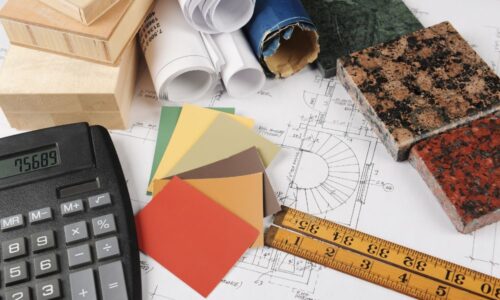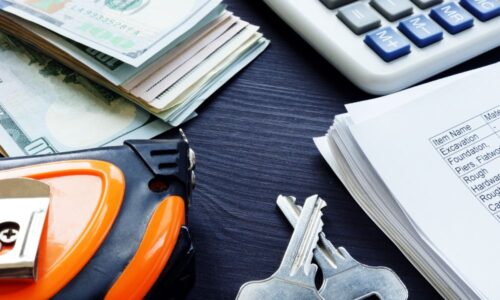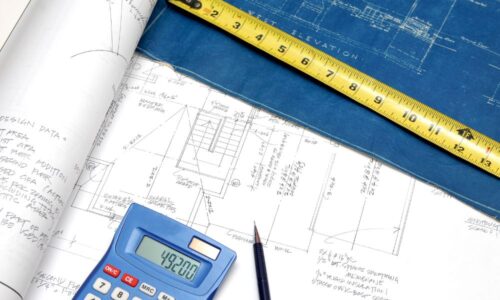Many construction professionals underestimate the impact that equipment costs have on their project’s overall budget. Whether it’s bulldozers, cranes, or compactors, these costs can silently erode profitability if not properly managed. Understanding the real costs behind your equipment decisions is crucial to avoiding budget overruns, project delays, and financial losses.
The Hidden Components of Equipment Costs
When people think about equipment costs, they often focus solely on the upfront purchase price or rental fees. However, there’s much more to consider, and ignoring these elements can result in surprises later. Some of the hidden costs include:
Transportation: Moving heavy machinery to and from a job site is a significant expense, especially for large projects that require multiple machines.
Storage: Once on-site, equipment needs to be securely stored, which might involve renting storage space or investing in on-site facilities.
Maintenance and Repairs: Regular maintenance is essential to keep equipment in good working condition, but unexpected breakdowns can also lead to costly repairs and delays.
Breaking down these components ensures that you understand the true total cost of ownership or rental, which is essential to avoid unforeseen expenses.
Comparing Purchase vs. Rental: Which Option Saves You More?
One of the most important decisions when estimating equipment costs is whether to purchase or rent. Both options have their pros and cons, but the key is understanding which is more cost-effective for your specific project.
Purchasing Pros: Ownership provides full control over the equipment and eliminates ongoing rental fees. It’s ideal for long-term projects or contractors who regularly use certain machines.
Purchasing Cons: The upfront costs of purchasing equipment can be prohibitively high, and there’s the added burden of maintenance, storage, and depreciation.
Renting Pros: Renting offers flexibility, especially for short-term or specialized projects. You avoid maintenance costs, and there’s no need for long-term storage.
Renting Cons: The downside is that rental costs can add up over time, especially for long projects, and availability may be an issue when demand is high.
To decide between renting and purchasing, conduct a cost-benefit analysis based on project duration, frequency of use, and long-term cost implications.
How Equipment Depreciation Affects Your Bottom Line
Another often-overlooked aspect of equipment costs is depreciation. Just like cars, construction equipment loses value over time, and this depreciation needs to be factored into your overall project cost. The key is understanding how depreciation works:
Initial Depreciation: Equipment experiences the steepest decline in value during the first few years of ownership. After this period, the depreciation rate slows, but the machine’s market value continues to decrease.
Residual Value: This is the equipment’s worth at the end of its useful life, which is determined by its age, condition, and maintenance history.
By accounting for depreciation in your estimates, you can plan for equipment replacement and better manage your project’s financial health.
The Role of Technology in Reducing Equipment Costs
Technology is playing an increasingly important role in construction cost management, particularly when it comes to equipment. There are several ways in which technology can help reduce equipment costs and increase efficiency:
Telematics: This technology allows construction companies to track equipment usage, location, and condition in real time. This can help identify underutilized equipment, improve scheduling, and reduce idle time.
Predictive Maintenance: By using data analytics, companies can predict when equipment is likely to fail and perform maintenance before a breakdown occurs. This reduces downtime and repair costs.
Automation and Robotics: While still emerging, automated equipment can significantly reduce labor costs and increase efficiency on construction sites.
By leveraging these technological advancements, construction companies can gain greater control over their equipment costs and improve project profitability.
Pro Tips for Accurately Estimating Equipment Costs
Accurate equipment cost estimation is essential for keeping your project on budget and ensuring that you don’t end up paying more than expected. Here are a few tips from industry experts:
Use Historical Data: Look at past projects to determine the actual costs associated with equipment. This can help you create more accurate estimates for future projects.
Factor in Project-Specific Variables: Each project is different, so make sure to adjust your equipment cost estimates based on the unique factors of your current project, such as location, climate, and job duration.
Work with a Professional Estimator: If you’re unsure about your ability to accurately estimate equipment costs, consider hiring a professional estimator. These experts have the experience and knowledge to create detailed and accurate estimates that account for all potential costs.
Case Studies: When Estimating Equipment Costs Saved the Day
To illustrate the importance of accurate equipment cost estimation, let’s look at a few real-world examples where careful planning made all the difference:
Case Study 1: Infrastructure Project
In a large infrastructure project, a construction firm initially overlooked transportation and storage costs for their heavy equipment. By revisiting their estimates and accounting for these factors, they were able to adjust their budget and avoid a significant financial shortfall.
Case Study 2: Residential Development
A developer was working on a residential project and considered purchasing new equipment. However, after conducting a cost-benefit analysis, they realized that renting would be more cost-effective due to the short project duration. This decision saved them thousands in unnecessary expenses.
Case Study 3: Commercial Build
In a commercial project, the contractor used telematics to track equipment usage and identified several pieces of equipment that were sitting idle for weeks. By reducing the number of rentals, they significantly lowered their equipment costs and finished the project under budget.
Future Trends: What’s Next for Equipment Cost Estimation?
As technology continues to advance, the way we estimate and manage equipment costs will likely change. Some future trends to watch for include:
AI-Driven Estimation Tools: Artificial intelligence is already being used to predict costs in other industries, and it’s only a matter of time before it becomes a key tool in construction estimating.
Sustainable Equipment: As the construction industry continues to move toward sustainability, the demand for eco-friendly equipment is growing. Estimating the cost of this new technology will require a different approach than traditional equipment.
Collaborative Estimating Platforms: Cloud-based platforms that allow multiple stakeholders to collaborate on cost estimates in real-time are likely to become more popular, especially for large, complex projects.
Avoiding Costly Surprises by Mastering Equipment Estimation
Equipment costs are a significant factor in any construction project, but they don’t have to be a mystery. By understanding the full range of expenses, from transportation to maintenance to depreciation, and by leveraging technology, you can accurately estimate costs and avoid budget overruns. As the industry evolves, staying ahead of these trends will ensure that your projects remain profitable and on schedule.
Uncover Your Project’s True Costs with Measure Manage
At Measure Manage, we specialize in providing accurate and comprehensive construction cost estimates, ensuring that no hidden expenses catch you off guard. Don’t let overlooked equipment costs impact your project’s budget. Our team of experts is here to help you identify and manage every aspect of your construction costs.
Ready to take control of your project budget?
Contact us today at info@measuremanage.com.au or call us on 08 9747 7034 for a detailed consultation. Let’s reveal the hidden costs and keep your project on track!




